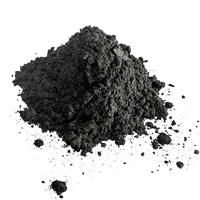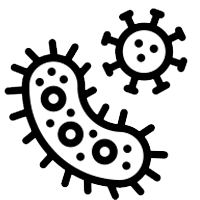Microbiology
Microbial Process Indicators in Activated Sludge Process
Following taxonomic identification, enumeration and evaluation of the characteristics of the various organisms and structures present in a wastewater sample, the information can be used to draw conclusions regarding the treatment process.
Read more: Microbial Process Indicators in Activated Sludge Process
Taxonomy
Taxonomy is the science of categorizing life forms according to their characteristics. Eighteen different categories are used to define life forms from the broadest down to the most specific.
Activated Sludge
Aerobic floc in a healthy state are referred to as activated sludge. While aerobic floc has a metabolic rate approximately ten times higher than anaerobic sludge, it can be increased even further by exposing the bacteria to an abundance of oxygen.
Protozoans and Metazoans
In a wastewater treatment system, the next higher life form above bacteria is protozoans. These single-celled animals perform three significant roles in the activated sludge process. These include floc formation, cropping of bacteria and the removal of suspended material. Protozoans are also indicators of biomass health and effluent quality.
Filamentous Organisms in Activated Sludge Process
The majority of filamentous organisms are bacteria, although some of them are classified as algae, fungi or other life forms. There are a number of types of filamentous bacteria which proliferate in the activated sludge process. Filamentous organisms perform several different roles in the process, some of which are beneficial and some of which are detrimental.
Read more: Filamentous Organisms in Activated Sludge Process









